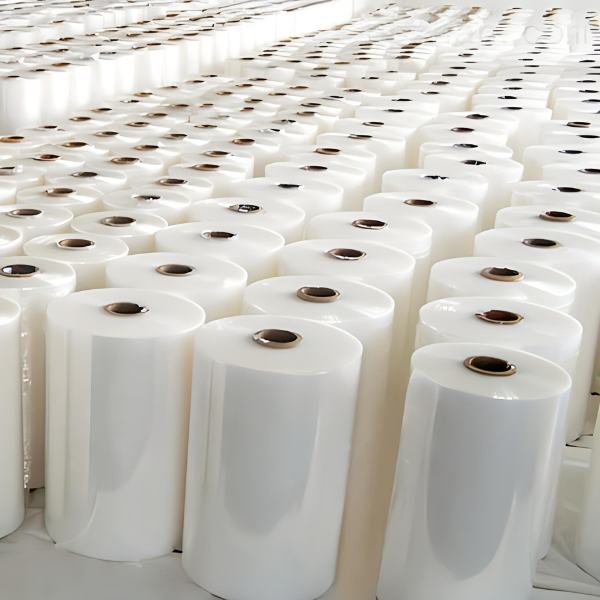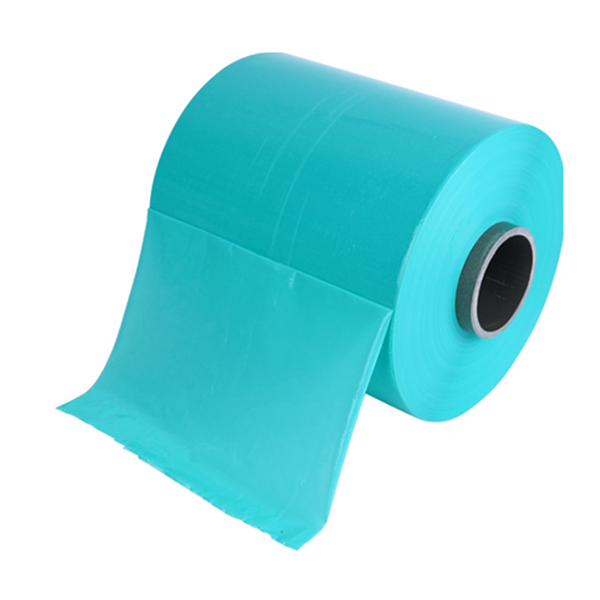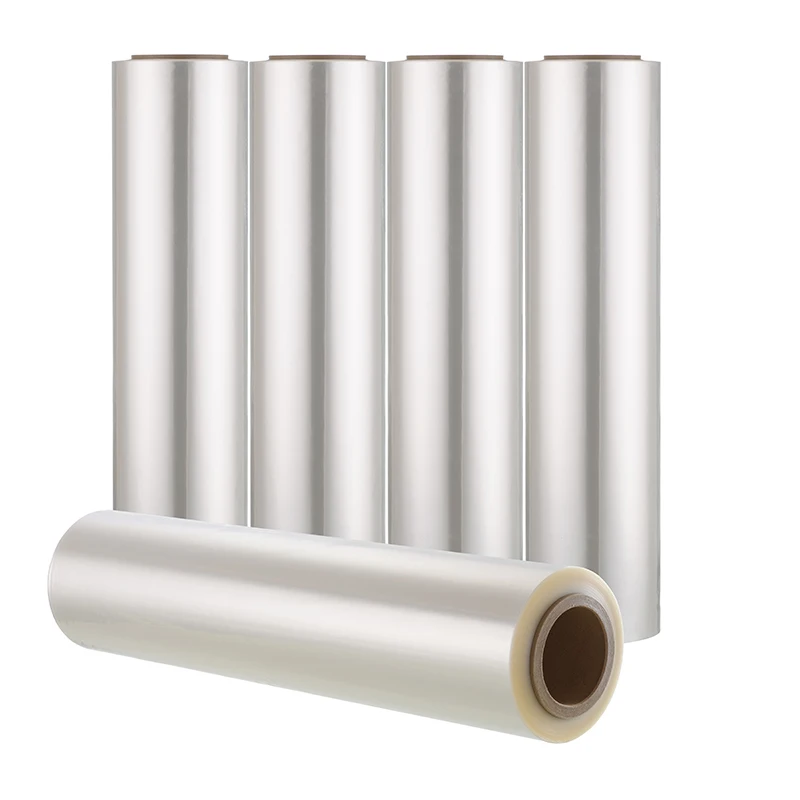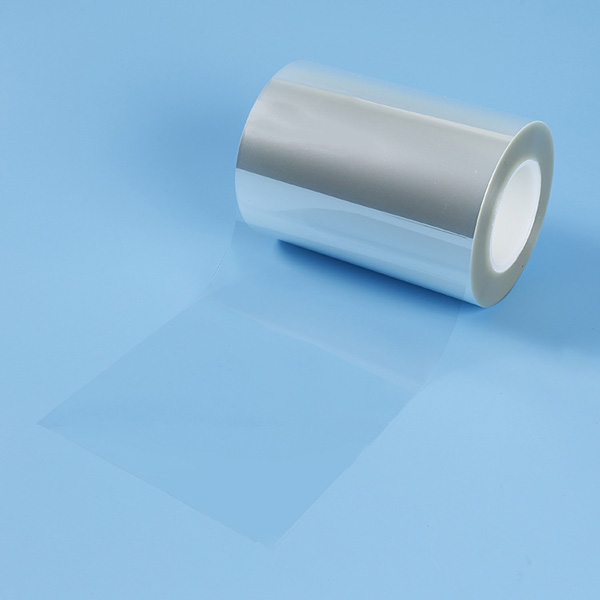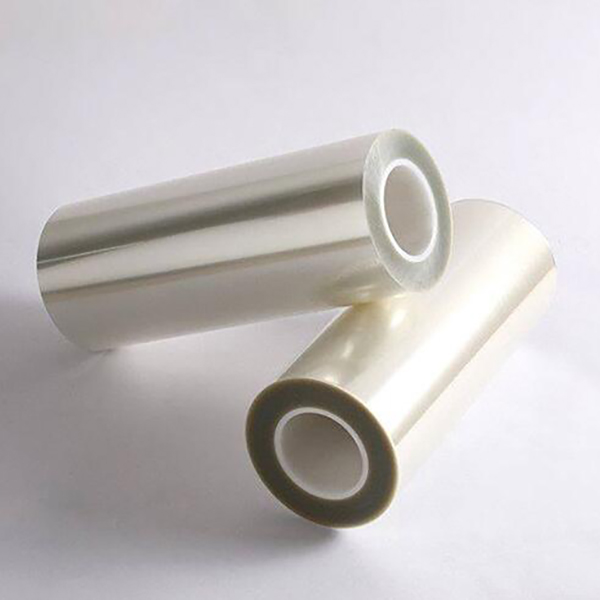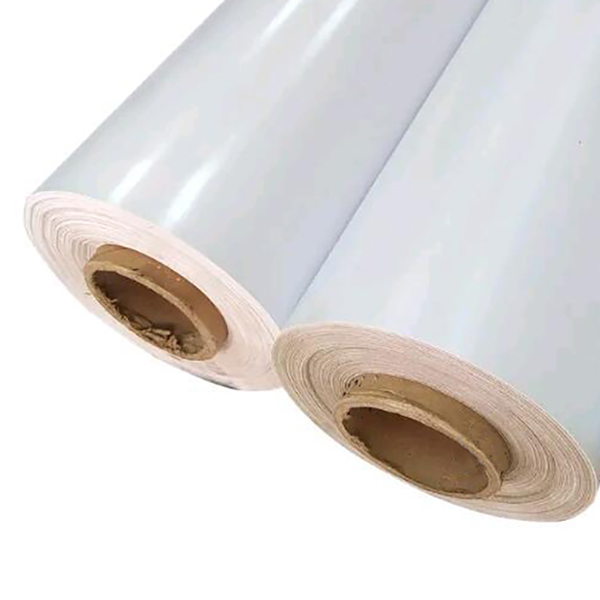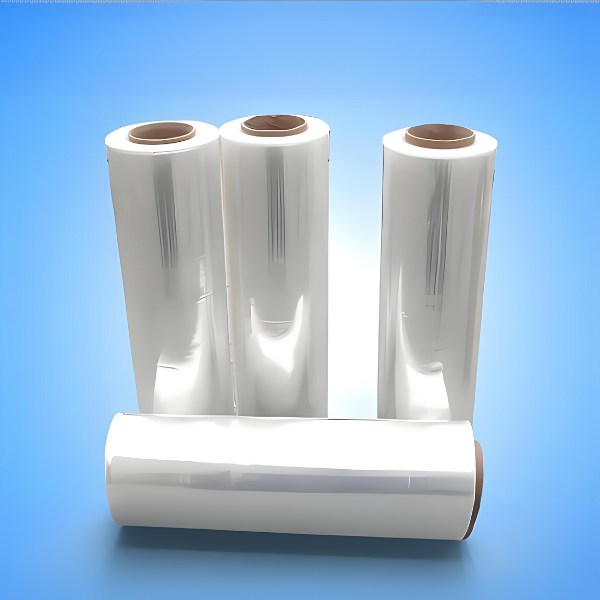
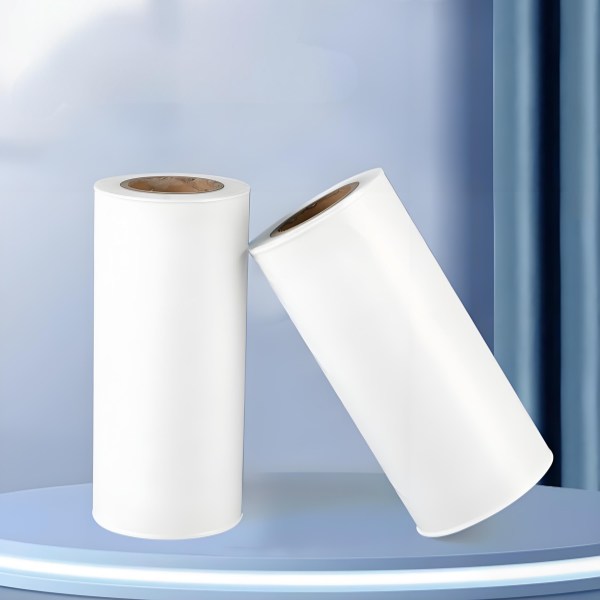
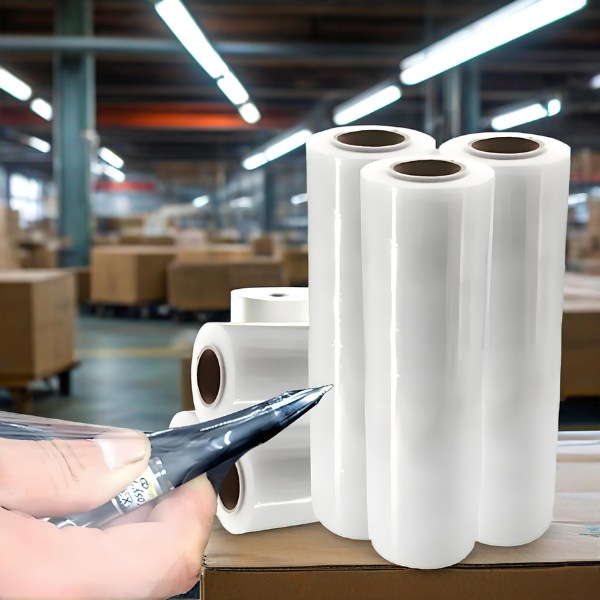
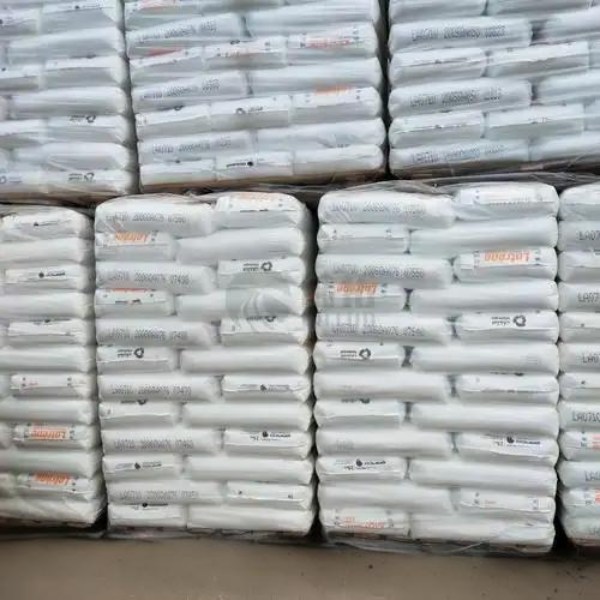




LDPE Film
Flexible, moisture-proof, and transparent LDPE film. Perfect for packaging, agriculture, and protective lining. Durable, safe, and cost-effective.
✔️ Excellent Flexibility & Toughness: Withstands stretching, tearing, and impact, ideal for packaging and protective applications.
✔️ Superior Moisture Resistance: Provides an effective barrier against water vapor and moisture, ensuring content dryness.
✔️ High Transparency & Good Chemical Resistance: Allows for product visibility and protects against many acids, alkalis, and solvents.
✔️ Easy Processing & Sealing: Features a low melting point, making it easy to heat-seal and manufacture into various products.
LDPE Film Description
What is LDPE Film?
LDPE (Low-Density Polyethylene) film is a soft, flexible, and transparent plastic material made by polyethylene under high pressure. With a density ranging from 0.91 to 0.93 g/cm³, its unique branched-chain structure gives it exceptional toughness and tear resistance, making it a go-to choice for protective and flexible packaging solutions.
Superior Flexibility and Impact Resistance
You can count on LDPE film’s remarkable pliability to protect your products from stress, stretching, and impact during shipping and handling. Its ability to conform without cracking makes it perfect for bundling items, wrapping sharp corners, and creating durable bags that won’t easily split.
Excellent Moisture Barrier and Chemical Resistance
This film acts as a reliable shield against water, vapor, and moisture, ensuring your products stay dry. It also resists many acids, alkalis, and solvents, making it a safe choice for packaging garden products, chemical bags, or as a protective liner for damp environments.
Safe for Direct Food Contact
When your packaging needs involve food, LDPE is a trusted material. It is widely approved for direct food contact, providing a safe and hygienic barrier for frozen food bags, bakery wrapping, and stretch film for fresh produce.
A Sustainable and Recyclable Material
You can make a more environmentally conscious choice with LDPE film. It is fully recyclable and can be processed into post-consumer recycled (PCR) content for new products. Choosing LDPE supports a circular economy by helping to reduce plastic waste.
Your Trusted LDPE Film Partner: CloudFilm
At CloudFilm, we are more than just a LDPE film manufacturer and supplier; we are your solution partner. We leverage our expertise to provide you with high-performance LDPE film that precisely addresses your packaging challenges.
Let us help you enhance your product protection, streamline your operations, and meet your sustainability goals.
Get Free Sample of LDPE Film
Struggling to find a flexible and durable packaging solution that truly protects your products? Our high-performance LDPE film is engineered to solve your specific challenges, from reducing damage to ensuring cost-efficiency.
Let us help you find the perfect material for your application. Submit your inquiry today to receive a free technical consultation and sample evaluation. Our experts are ready to provide you with a tailored solution.
LDPE Film Applications
✔️ Flexible Packaging & Bags
It is the ideal material for lightweight shopping bags, garment packaging, and zipper bags due to its softness and strength.
✔️ Protective Stretch Wrap
Its exceptional cling and elasticity allow you to securely unitize pallets of goods or bundle products for storage and shipping.
✔️ Food-Grade Packaging
As a safe material for direct food contact, it is widely used in bakery film, frozen food bags, and produce wrap.
✔️ Industrial Liners & Covers
It serves as a reliable, cost-effective moisture barrier and protective layer for construction sites, machinery, and in-box lining.
✔️ Agricultural Film
Used in applications like greenhouse covers, it protects crops by providing insulation and maintaining a controlled environment.
FAQ
Yes, LDPE film is widely recyclable. It is identified by the resin identification code 4. However, you should check with your local recycling facilities, as curbside recycling programs may have specific guidelines for accepting flexible plastic films.
The main disadvantages are its relatively low heat resistance (softening at higher temperatures) and lower strength/stiffness compared to plastics like HDPE. It is also susceptible to stress cracking under prolonged load and has poor UV resistance if not specially treated.
The key difference lies in their flexibility and strength. LDPE is softer, more flexible, and transparent. HDPE is stiffer, stronger, and offers a better moisture barrier. Your choice depends on the application: use LDPE when flexibility is key, and HDPE when rigidity and superior strength are required.
Related Products
Related News
In the world of modern packaging, printing, and industrial applications, the term PE laminated is a cornerstone of material science. It […]
Introduction: The Critical Numbers Behind PE Film Density PE film density, typically ranging from 0.910 to 0.965 g/cm³, is […]
Introduction: Why is PE the Workhorse of the Packaging World? Every day, from the bread bag at breakfast […]
Introduction – The Recycling Dilemma of Flexible Packaging & the Rise of Mono Material 1.1 The Pain Point: […]
Introduction: Why is Understanding Plastic Film Types So Crucial? Imagine you’re designing a food package that requires long-lasting […]
Introduction In today’s environmentally conscious marketplace, businesses across industries are seeking sustainable alternatives to traditional packaging. Compostable flexible […]
Introduction: The Science Behind Packaging In our daily lives, we encounter a vast array of packages. From snack […]
In today’s flexible packaging field, MDO PE (Machine Direction Orientation) and BOPE (Biaxially Oriented Polyethylene Film) are like two […]


